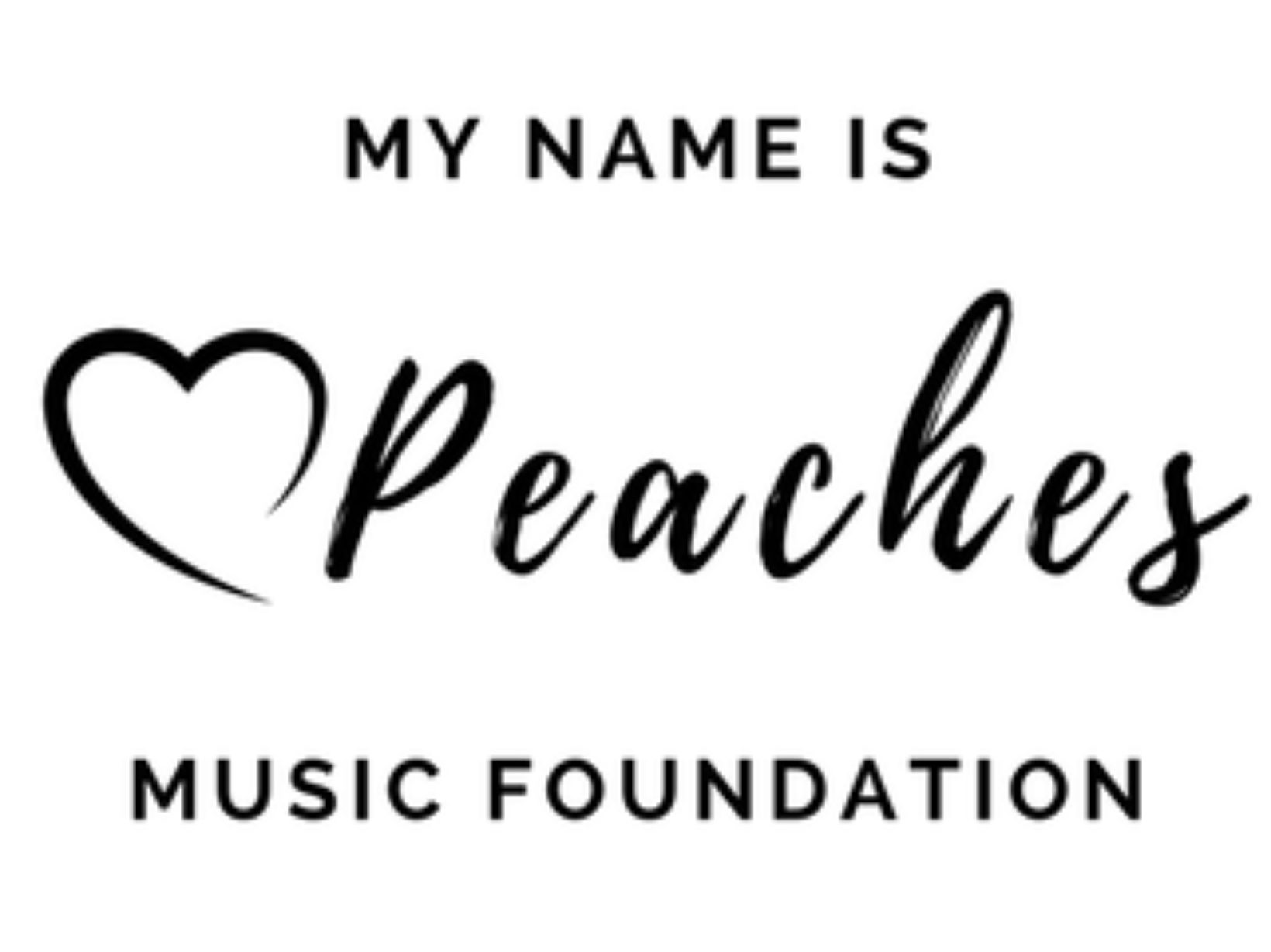Developing a sense of music is a personal and often gradual journey. It’s about cultivating an understanding and appreciation for music, whether you want to listen to it, play an instrument, or compose your own. Here are some steps to help you develop a sense of music:
- Listen Actively: Start by listening to a wide variety of music. Pay attention to different genres, styles, and eras. Try to analyze and understand what you’re hearing. Listen to the melody, harmony, rhythm, and the emotional impact of the music.
- Learn an Instrument: If you’re interested in playing music, consider learning an instrument. This hands-on experience can deepen your understanding of how music works. Whether it’s the piano, guitar, violin, or any other instrument, practice regularly to improve your skills.
- Study Music Theory: Music theory is the foundation of music. It helps you understand the rules and structure of music, including scales, chords, and rhythm. Learning music theory can be extremely beneficial in developing your sense of music.
- Explore Different Genres: Don’t limit yourself to just one genre of music. Explore classical, jazz, rock, hip-hop, electronic, and more. Each genre has its own unique characteristics, and by exploring different styles, you’ll broaden your musical horizons.
- Attend Live Performances: Live performances can be a powerful way to connect with music on a deeper level. Whether it’s a classical orchestra, a rock concert, or a local band at a small venue, experiencing music live can be transformative.
- Analyze Lyrics: If you’re into songs with lyrics, pay attention to the words. Analyze the lyrics to understand the story or message the artist is conveying. The combination of music and lyrics can create a powerful emotional impact.
- Experiment and Create: If you’re inclined to be a composer or songwriter, experiment with creating your own music. This can help you understand the creative process, and it’s a great way to express your emotions and ideas through music.
- Discuss and Share: Engage in discussions about music with others. Share your thoughts and opinions, and learn from their perspectives. Music is a universal language, and talking about it with others can enhance your understanding.
- Study the Masters: Learn about the great composers, musicians, and bands throughout history. Understanding their contributions and influences can provide valuable insights into the world of music.
- Trust Your Instincts: Ultimately, developing a sense of music is a personal journey. Trust your instincts and preferences. What resonates with you might not be the same as what resonates with others. Your unique perspective is what makes your connection to music special.
- Practice Patience: Developing a deep sense of music takes time and dedication. Be patient with yourself, and don’t get discouraged by challenges or plateaus in your progress. Music is a lifelong journey.
Remember that there’s no right or wrong way to develop a sense of music. It’s a subjective and personal experience, and what matters most is your own connection and enjoyment of the art form.
